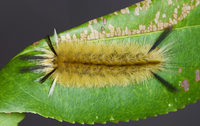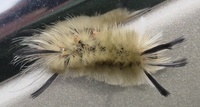
| Recorded by: Michael P. Morales on 2025-10-10
Cumberland Co.
Comment: | 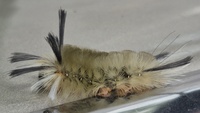
| Recorded by: Michael P. Morales on 2025-10-10
Cumberland Co.
Comment: |
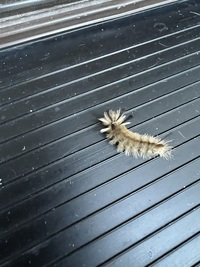
| Recorded by: Cami Gregg on 2025-10-05
Moore Co.
Comment: | 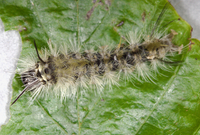
| Recorded by: Jim Petranka and Becky Elkin on 2025-09-19
Madison Co.
Comment: Larva was feeding on Witch-hazel (Hamamelis virginiana). |
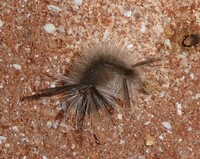
| Recorded by: Simpson Eason on 2025-09-18
Durham Co.
Comment: | 
| Recorded by: Nora Murdock on 2025-09-06
Henderson Co.
Comment: |
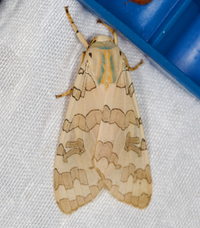
| Recorded by: Jim Petranka, Mark Basinger and Becky Elkin on 2025-08-30
Richmond Co.
Comment: | 
| Recorded by: Mark Basinger on 2025-08-10
Ashe Co.
Comment: |
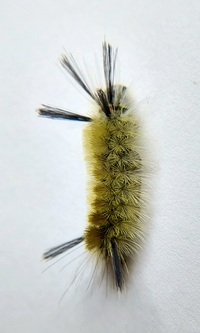
| Recorded by: Mark Basinger on 2025-08-10
Ashe Co.
Comment: | 
| Recorded by: Jim Petranka, Mark Basinger and Becky Elkin on 2025-08-03
Moore Co.
Comment: |
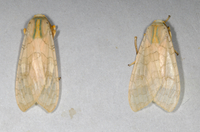
| Recorded by: Jim Petranka and Becky Elkin on 2025-07-26
Madison Co.
Comment: | 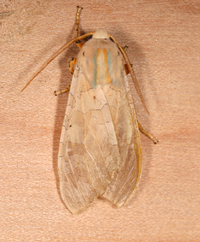
| Recorded by: Jim Petranka, Mark Basinger and Becky Elkin on 2025-06-29
Richmond Co.
Comment: |
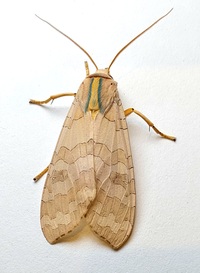
| Recorded by: Mark Basinger on 2025-06-25
Buncombe Co.
Comment: | 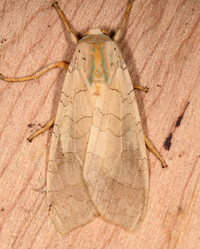
| Recorded by: Jim Petranka, Mark Basinger and Becky Elkin on 2025-06-25
Mitchell Co.
Comment: |
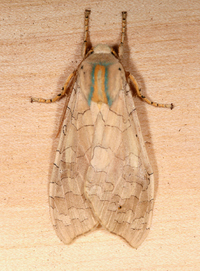
| Recorded by: Jim Petranka and Mark Basinger on 2025-06-23
Buncombe Co.
Comment: | 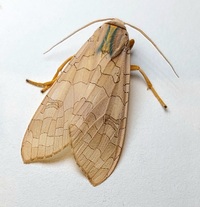
| Recorded by: Mark Basinger on 2025-06-22
Buncombe Co.
Comment: |

| Recorded by: David George, Jeff Niznik on 2025-05-09
Cumberland Co.
Comment: | 
| Recorded by: John Petranka, Jim Petranka and Becky Elkin on 2025-05-08
Harnett Co.
Comment: |
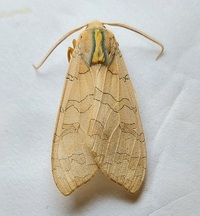
| Recorded by: Mark Basinger and Miles Buddy on 2025-04-26
Brunswick Co.
Comment: | 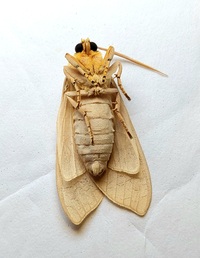
| Recorded by: Mark Basinger and Miles Buddy on 2025-04-26
Brunswick Co.
Comment: |
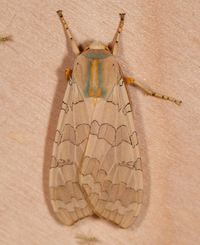
| Recorded by: Jim Petranka and Becky Elkin on 2025-04-15
Bladen Co.
Comment: | 
| Recorded by: Mark Basinger on 2024-10-16
Rowan Co.
Comment: |
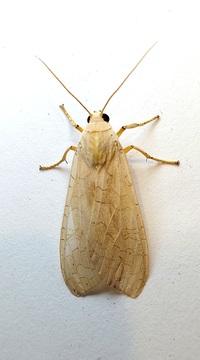
| Recorded by: Mark Basinger on 2024-09-21
Buncombe Co.
Comment: | 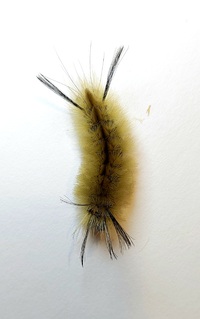
| Recorded by: Mark Basinger on 2024-09-21
Buncombe Co.
Comment: |
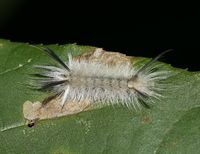
| Recorded by: David George, Jeff Niznik on 2024-09-21
Chatham Co.
Comment: | 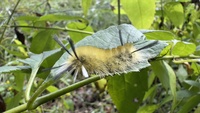
| Recorded by: Emily Stanley on 2024-09-08
Buncombe Co.
Comment: |
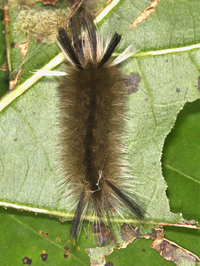
| Recorded by: Jim Petranka and Becky Elkin on 2024-08-28
Buncombe Co.
Comment: | 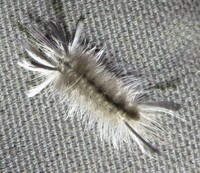
| Recorded by: B. Bockhahn on 2024-08-22
Macon Co.
Comment: |

| Recorded by: Mark Basinger on 2024-08-06
Mitchell Co.
Comment: | 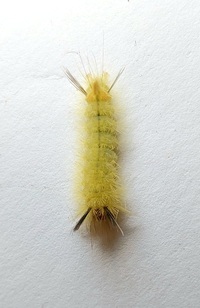
| Recorded by: Mark Basinger on 2024-08-05
Mitchell Co.
Comment: |
|

 »
»
